
Revelation Hope – The New Jerusalem
Looking at the End of the Journey
Read Revelation 21:1-8
We are coming to the end of a long journey.
Revelation 21:1 is another guide post. It points back to the first heaven and earth that have passed away, and forward to the new heaven and new earth replacing them.
The earth is now renewed and the meek will inherit it just as Jesus said (see Matthew 5:5). We witness a new creation.
Heaven will consist of real people in a real place. The best evidence for this is to examine the way the Bible begins and ends:
• The first chapter of Genesis has new heavens and a new earth.
• The second chapter has a description of the Garden of Eden and those who lived there.
A real man and a real woman; they were told to have children and fill the earth with inhabitants.
• In the third chapter, sin and death enter the garden.
• The third last chapter of the Bible— Revelation 20—describes the end of sin and death in a lake of fire.
• The second last and the last—Revelation 21and 22—have something like the restoration of Eden, only bigger and better.
Real people will inhabit the new earth, just as the Creator originally intended.
No More Separation
John says: “…and there was no longer any sea” (Revelation 21:1).
This could mean there were no longer any seas as we presently know them. But more likely it is symbolic.
The Hebrews were not a seafaring people. Therefore the sea to them was a place or peril.
John could well be reassuring them that fear is gone. In addition, seas were also associated with people being taken away from their loved ones in slavery.
And seas are depicted in Revelation as the place where the beast came from to attack God’s people.
Real people will inhabit the new earth, just as the Creator originally intended..

The Big Picture
We have recently witnessed some horrific things:
• Seven plagues wreaking havoc on the earth leading up to the battle of Armageddon.
• The destruction of the wicked forces aligned with Babylon.
• After the 1,000 years, when the earth has lain desolate, we have seen the resurrection of the wicked.
They have gathered around the city to take it in battle. But in reality, they have come before the great white throne for judgment and final destruction.
The wicked are destroyed and death, pain and suffering have all gone into the lake of fire. This is the second—and final—death.
• Moving into the two final chapters is like moving from the 1812 Overture to the peaceful serenity of Swan Lake.
Here we learn more about the destiny of those faithful to the Lamb as the promises originally made to the seven churches are fulfilled.
The Bride and the Holy City
In Revelation 21:2, we see the bride of the Lamb, called the Holy City and the New Jerusalem, appear.
The New Jerusalem is described in terms
designed to create a longing for her.
Many generations have lived and died in the hope that one day, they would have a place in the heavenly city (see Hebrews 11:13-16).
Brides usually keep everyone waiting for their
appearing and this bride is no exception.
She is referred to here in a similar style toBabylon the prostitute in Revelation 17:1-3.
In both cases, one of the angels who had the
seven bowls says to John:
“Come and I will show you … ”
In both cases, John is carried away in the spirit to see the city.
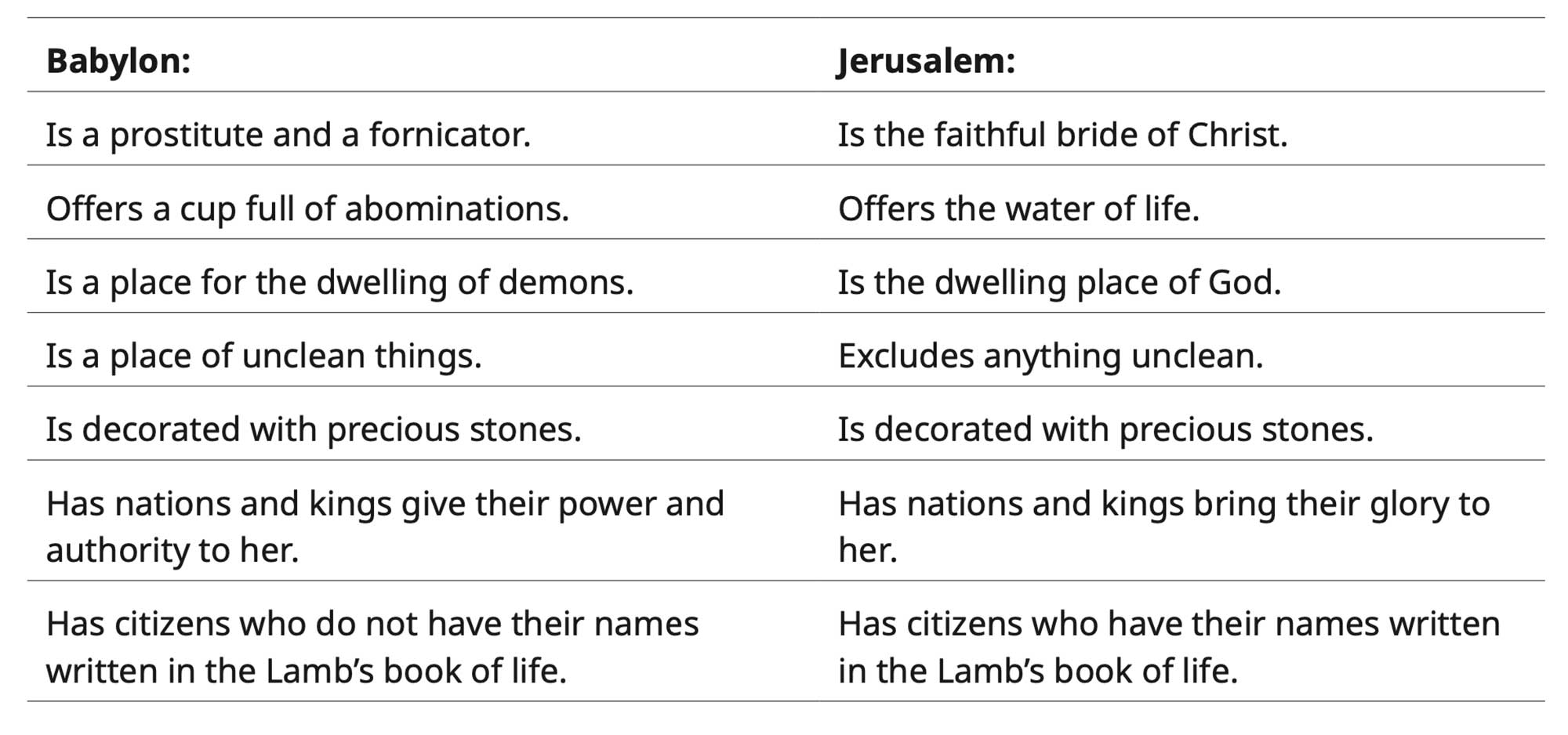
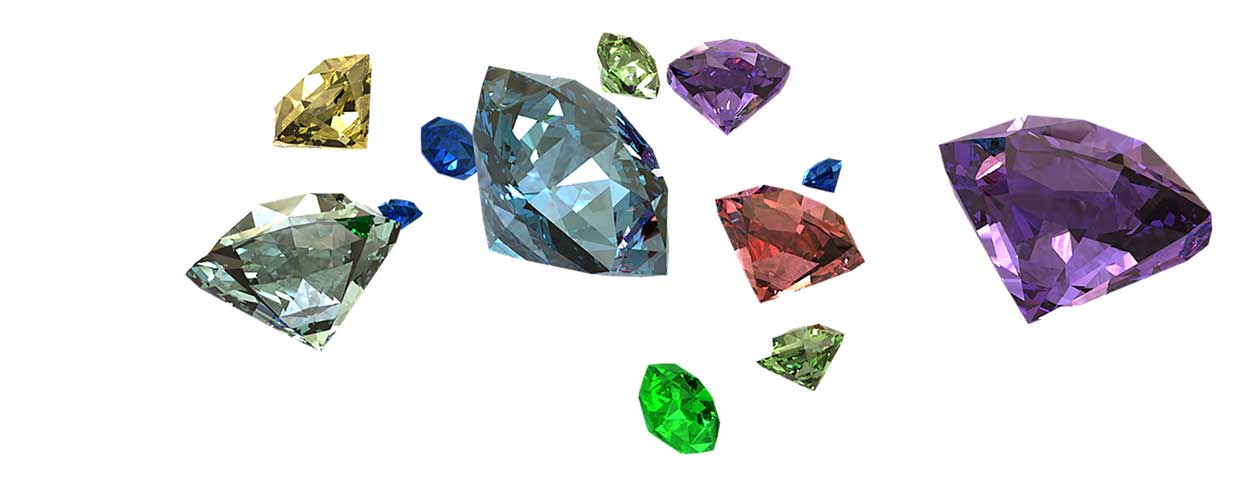

Babylon represents all that the human heart wants with its dreams of money, power, influence and sex. It is mourned when it falls.
The New Jerusalem is God’s response to restore the shattered dreams and hopes of His people.
It is portrayed as the fulfilment of all the dreams and hopes of the human race throughout history.
John presents the two cities in contrast. The language John uses resembles the description of ancient Babylon by the Greek historian Herodotus: he describes the city of Babylon in the form of a square.
Both cities have a river flowing through them. Babylon has the river Euphrates and the New Jerusalem has the river of life.
The New Jerusalem is described in terms of ancient cities familiar to the original readers of Revelation. In the ancient world, everybody identified with their capital city.
The glory of kings was found in the cities they had built or conquered. It is fitting that the glory of God is represented in this city.
Revelation 21:3 describes the city as the dwelling place of God with His people.
In the New Jerusalem, there is no temple (see Revelation 21:22).
Because of the abiding presence of God, the city functions as the temple itself.
The entire description of the New Jerusalem is based on the vision of the restored temple from Ezekiel 40–48, which was to be built upon the return of God’s people from captivity in Babylon.
It was never built but John is using this imagery to show it is now coming to pass.
Much of the language comes from promises made to Israel after their return from captivity, found in Isaiah and Ezekiel.
God planned that the old city should be the centre of His activity and the wealth of all nations would flow into it—but it failed.
This New Jerusalem will be what the old city never succeeded in being.
“[God] will wipe away every tear from their eyes. There will be no more death or mourning or crying or pain, for the old order of things has passed away (Revelation 21:4).
Will God wipe away tears by causing us to forget all the hardships and suffering of this life?
Or will we remember the hurts clearly, without them affecting us anymore?
How far will the “former things” go away?
It’s possible we will still remember but the pain will be gone.
The memories of our personal history are worth retaining—they are a part of who we are and what we have become. When memory has lost its power to wound, it still retains its capacity to develop depth of character.
People severely wounded by life can find it hard to imagine that the passing of time can reduce the memory’s power to cause tears and pain. But with God’s help, it can happen.
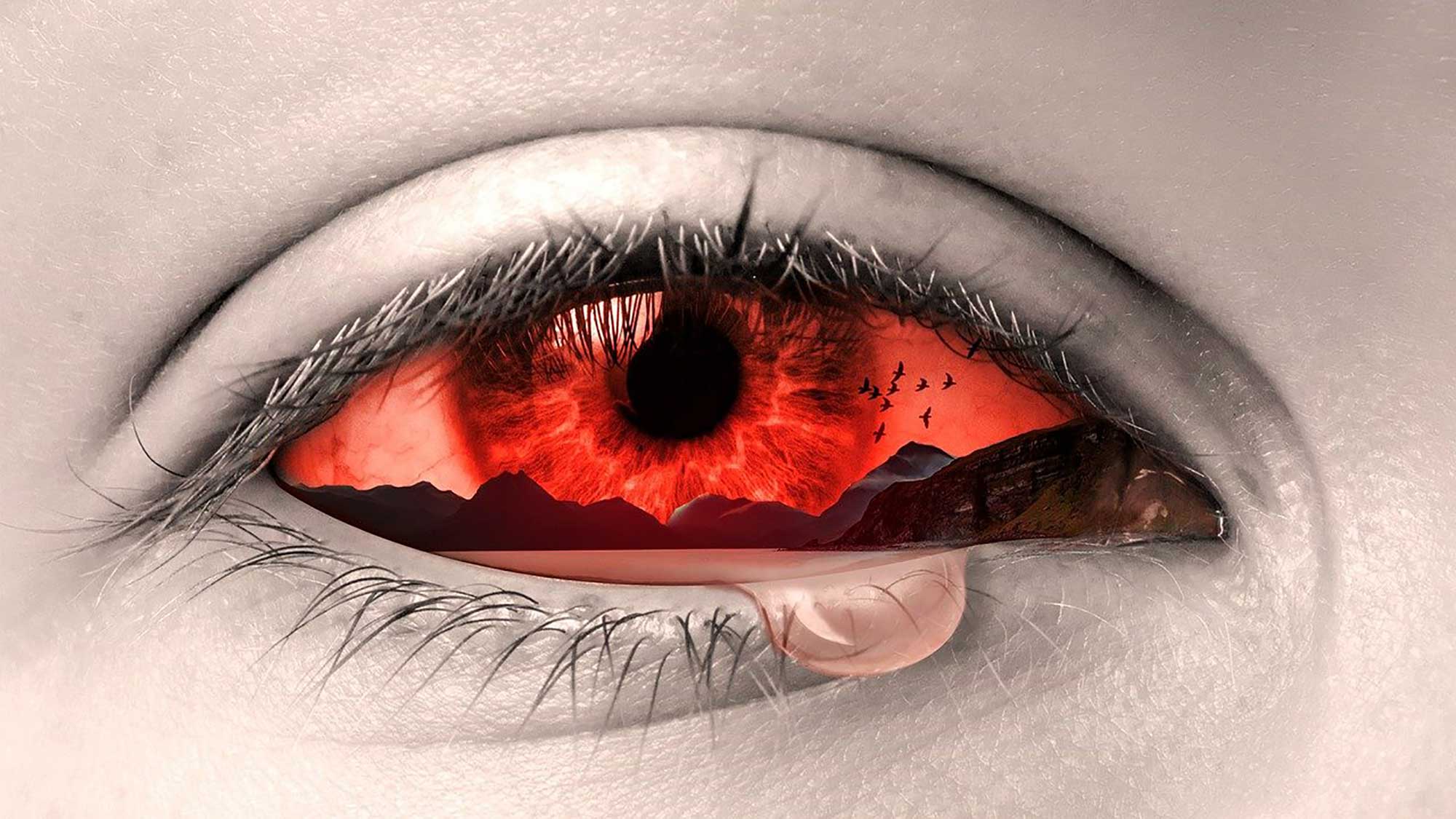
“The New Jerusalem”
First, the New Jerusalem is announced and John sees her from a distance (see Revelation 2 and 10).
We are dealing with a real place and real people, in symbolic language.
However we must not press the details too closely. God is limited by our lack of understanding, so some of the details puzzle us.
John moves closer (see Revelation 21:12–17) and describes the walls, gates and foundations.
The gates have 12 angels at them and the names of the 12 tribes of Israel. In ancient times, walls were for security and gates were to keep out people they did not want.
The walls are 144 cubits (65 meters) thick and 12,000 stadia in length (2200 kilometres).
The wall of the city has 12 foundations with the names of the 12 apostles.
Walls and gates are there to keep evil people out—but these gates are never shut, as there is no evil to keep out.
The names of both the apostles and tribes are meant to convey that this is a place for all of God’s people: both Old Testament and New Testament.
The measurements of the city are given in Revelation 21:16 as a perfect cube. This again reminds us of the Most Holy Place of the temple God had built on earth.
In the Most Holy Place, the presence of God was with His people. This strengthens the case for the city itself being described as a temple, for it is the dwelling place of God with His people.
John moves still closer in Revelation 21:18-21 and describes the materials from which the city is built.
• The walls are made of jasper.
• The city is of pure gold, as pure as glass.
• The foundations of the city are decorated with every kind of precious stone, upon which the names of the 12 apostles are engraved.
These stones correspond to the 12 precious stones found on the breastplate of the Old Testament high priest, upon which the names of the 12 tribes of Israel were also engraved (see Exodus 28:17-20).
• The city also features 12 gates, which are each made of a single pearl.

John Looks Inside the Holy City

Read Revelation 21:21 to 22:5
He sees the great street of the city made of pure gold, like transparent glass. Again, he notes that he does not see a temple in the city “…because the Lord God Almighty and the Lamb are its temple” (verse 22).
Verse 23 adds that the city does not need the light of the sun or moon, as the glory of God gives it light and the Lamb is its lamp.
In verses 24 to 26, it says there will be no night in the city.

No Security Needed
The nations and the kings are the redeemed, who are described this way in Revelation 1:6,5:9 and 7:9.
There is no need to shut the gates for protection.
Exclusions from the city are listed in Revelation 21:8, 27 and Revelation 22:15.
Nothing unclean was to enter the Old Testament temple. The unclean are those who drank from Babylon’s golden cup, filled with abominations and the unclean things of her fornication (see Revelation 17:4).
Excluded from the New Jerusalem are the cowardly, who are listed along with the unbelieving, the murderers, the sexually immoral, those who practice magic arts, the idolaters and all liars (see Revelation 21:8).
We are reminded again that the only way for entrance into eternal life is to have our name written in the Lamb’s book of life.
Rivers of Water
In Revelation 22:1, John sees a river of the water of life flowing from the throne of God and the Lamb down the middle of the great street of the city.
There was a river flowing from Eden, which watered the garden and made it fruitful.
We see the tree of life on both sides of the river in verse 2.
The healing of the nations does not refer to disease, as there will be no disease.
It refers to the removal of barriers that previously brought separation.
All people now belong to God and a single nation.
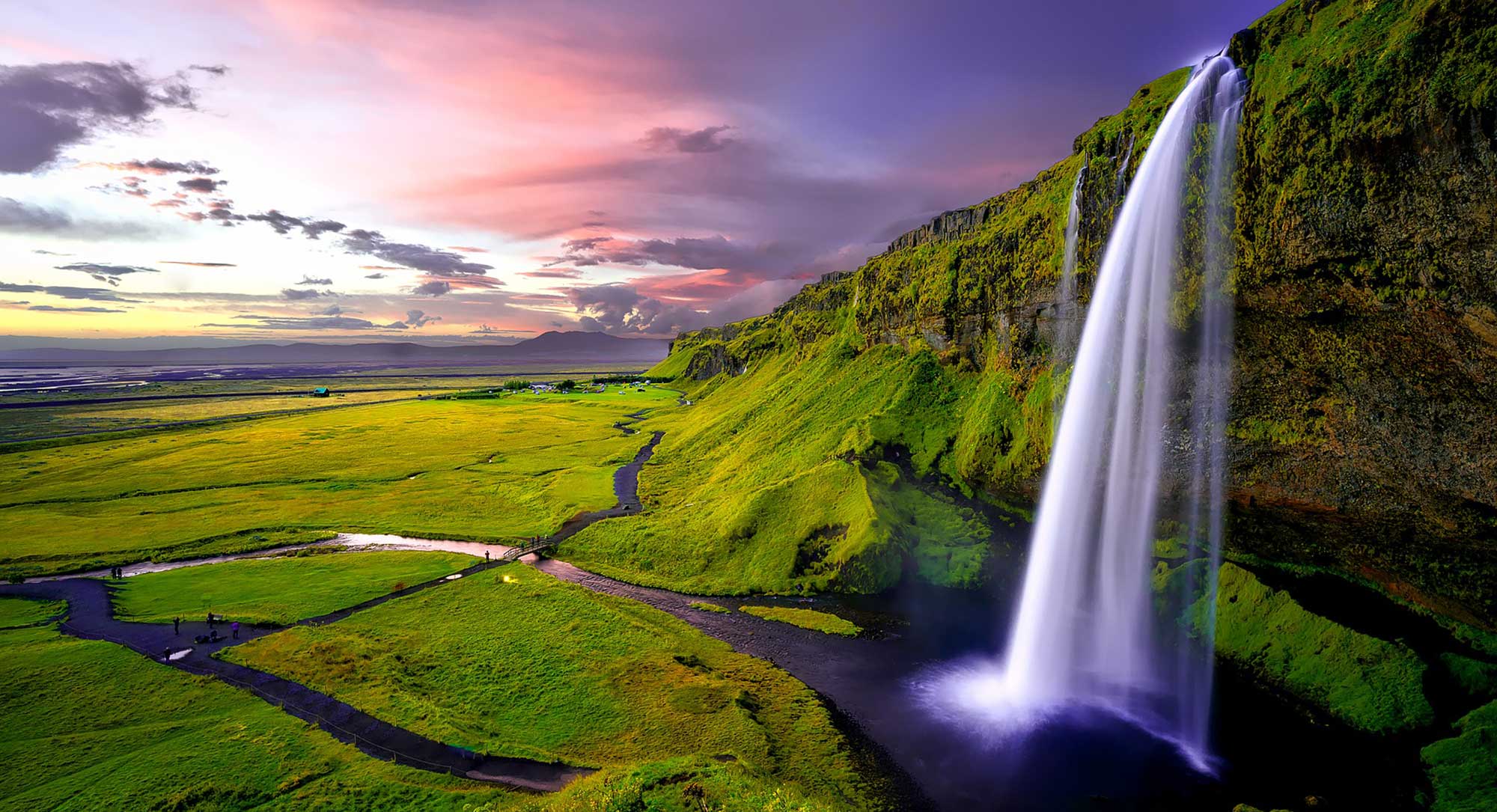
God’s Throne
In verses 3 and 4, we finally see the central object of the city: the throne of God in the middle of the city.
This is the centre of government for the universe. They shall see His face.
God’s name is associated with His character. Humanity has come back into harmony with God.
Real life is an intimate relationship with God. The best part of heaven is fellowship with God.
The citizens of the New Jerusalem receive what was promised to the overcomers of the seven churches:
• They will receive a crown of life (see Revelation 2: 10).
• They will be able to eat from the tree of life (see Revelation 2:7).
• They will not be hurt by the second death (see Revelation 2:11).
• To have their names written in the book of life (see Revelation 3:5).
• They will be pillars in the temple of God (see Revelation 3:12).
• They will share the throne (see Revelation 3:21).
All barriers are now removed, which were put in place after
sin first entered in Eden.
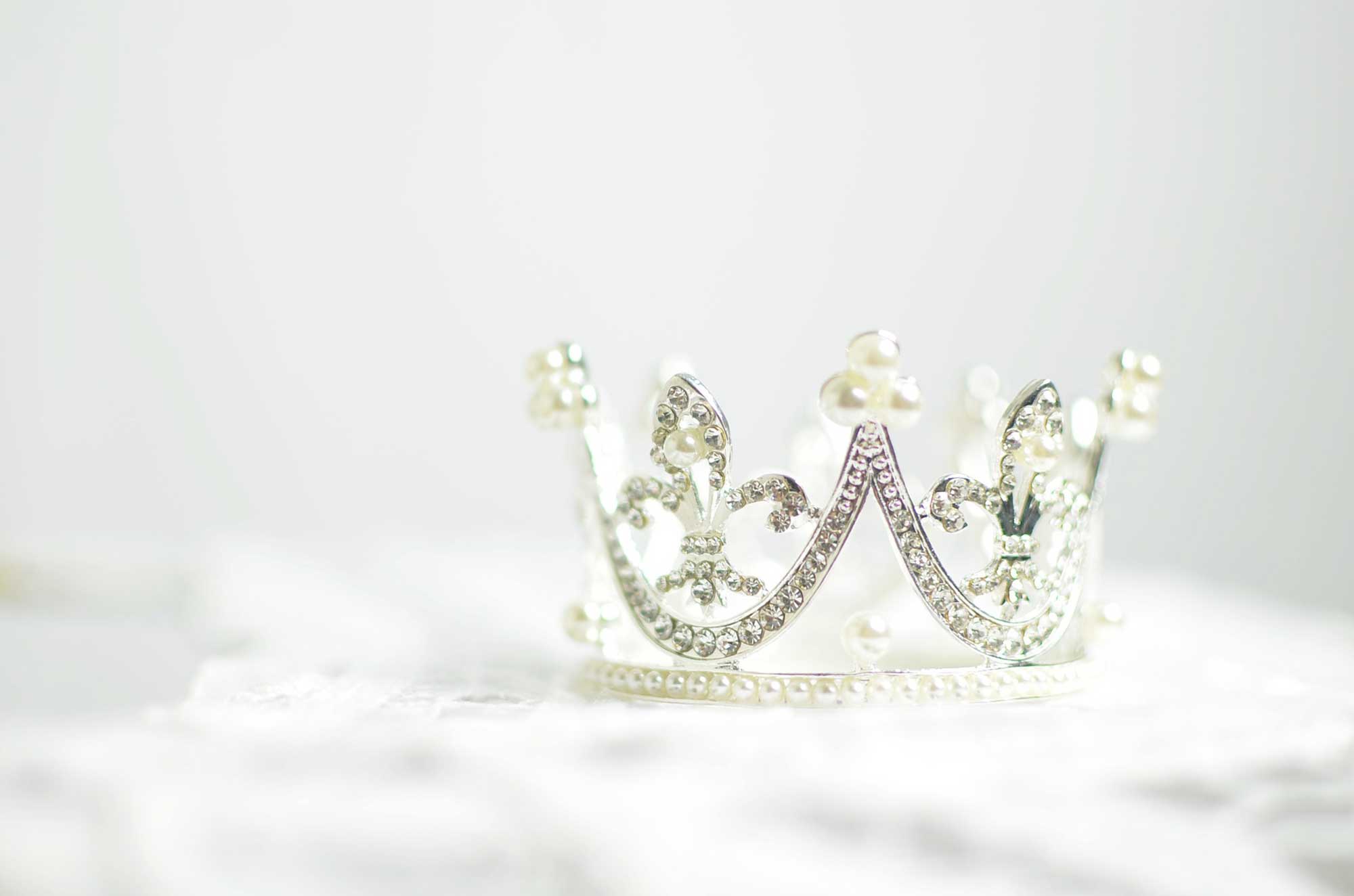
What Will God’s People do for Eternity?
The Bible gives us a number of clues as to how God’s redeemed people will spend eternity:
• Jesus gives His people the right to sit with Him on His throne as kings (see Revelation 3:21).
Perhaps they will become members of God’s cabinet.
Maybe God will unveil to them new plans for the universe that were delayed by sin.
Could it be that they will have a part in helping to organise and carry out plans?
• God’s people are described as priests (see Revelation 1:4–6).
In Exodus 19:6 and 1 Peter 2:9 God’s people of both the Old and New Testament are called priests.
It is obvious that this role will continue and be expanded in eternity.
Could it be for example, that in the new creation, those who are God’s redeemed from this earth will travel the universe sharing their story with the rest of creation?
We would be able to speak with authority about what life became when sin was around.
We will be a reason why sin need never be tolerated again.

“Eternity will provide opportunity for unlimited personal growth—the ability to learn and grow.”
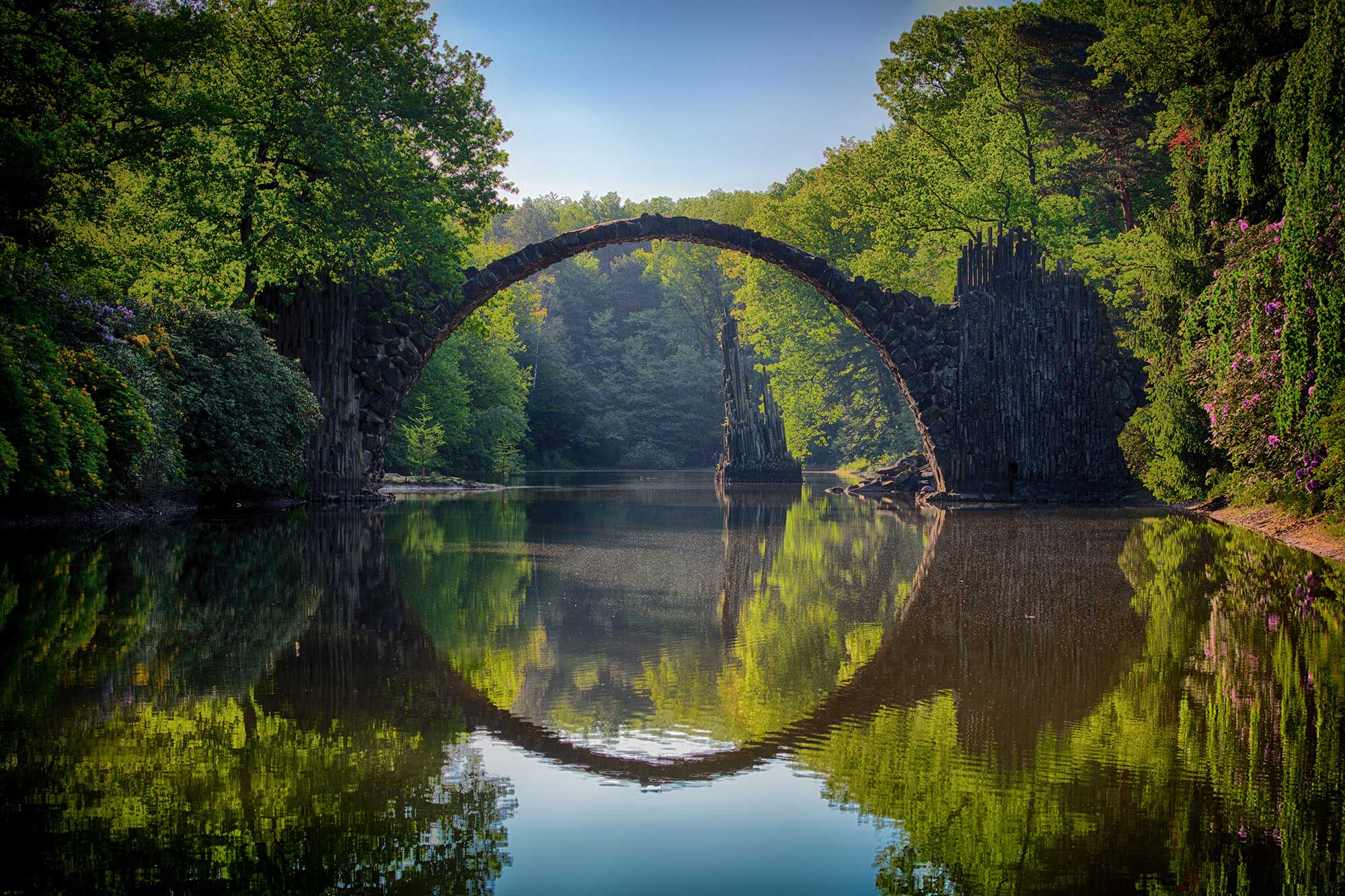
“Think of what it could be like to spend eternity developing our minds never forgetting what we have learned.”

Maybe our eyes will be able to see the microscopic world. We will take note that all creation has order and design.
Our ears will be able to hear things that we cannot now hear.
• Physical powers will be increased. The resurrected Jesus was able to eat and drink, yet able to pass through walls.
Our bodies will be like His glorified body (see Philippians 3:20-21).
• A way of travel we do not now understand could be possible in order to travel to the distant areas of the universe.
This will give opportunities to visit galaxies and universes untouched by sin—to explore nebulas and black holes and see how they work.
• Mental powers will increase. Our minds were made to live forever.
We only use a tiny fraction of what we are capable of.
• Social life will be more completely developed.
In Matthew 8:11, Jesus said many would come from the east and west, and sit down with Abraham, Isaac and Jacob in the kingdom.
We will recognise our loved ones, just as the disciples recognised Jesus after His resurrection.
They recognised Jesus by His voice and physical appearance.
We will be a reason why sin need never be tolerated again.

Heaven may give the opportunity to meet our guardian angels, who have cared for us all our lives.
But best of all will be direct fellowship with God (see Revelation 21:3, 22:4).

God is exciting. We were made for fellowship with Him.
He needs us and we need Him.
It’s great to be with those who love us and are interested in us.
But best of all will be direct fellowship with God
